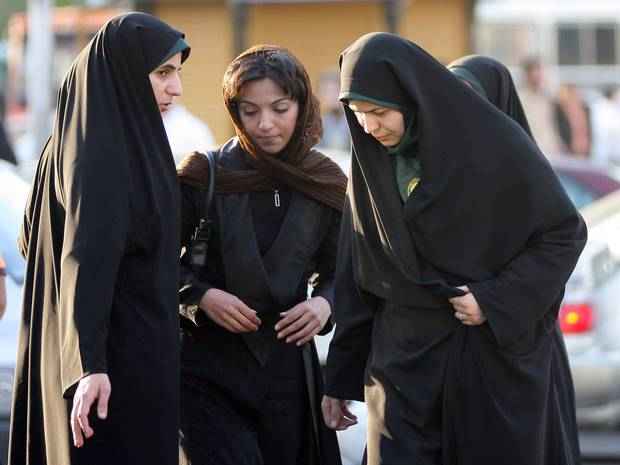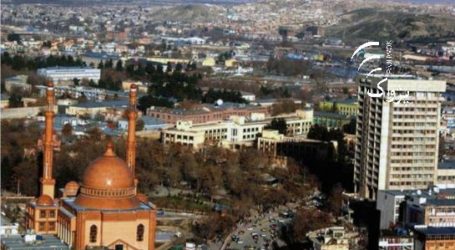IRAN FINES WOMEN OVER LOOSE HIJAB


Teheran, 3 Dzulhijjah 1436/17 September 2015 (MINA) – In an effort to strengthen discipline in Iranian society, an Iranian court has fined two women £170 for not wearing their hijabs properly while in public.
“In recent days several cases have been filed in the court for bad hijabs and, in two of them, the accused were sentences to pay 9 millions rials (£170) in cash,” a judicial official, quoted in Iranian paper Arman, lamented, The Telegraph reported.
Under the Iranian dress code, women are obliged dress modestly. OnIslam.net quoted by Mi’raj Islamic News Agency (MINA) as reporting.
After Iran’s 1979 Islamic revolution, it became compulsory for women to fully cover up when going out of their houses and to wear hijab.
Iranian and foreign women are required to wear a hijab or headscarf, which covers the hair and neck.
Since mid 1990s, the application of the rule was relaxed despite continued campaigns by police to enforce it, especially among rich neighbourhoods in Iran where women are seen in public with tight clothes and short coats in the name of modernization.
A police official said earlier this month that women drivers could have their cars impounded if they are caught driving with a poorly fixed veil or with their heads uncovered.
“If a (female) driver in a car is poorly veiled or has taken her veil off, the vehicle will be seized in accordance with the law,” said General Teymour Hosseini, Tehran traffic police chief.
Islam sees hijab as an obligatory code of dress for Muslim women, not a religious symbol.
The Iranian society is a demographic mosaic that consists of religious minorities, such as Christians, Jews, Zoroastrians, and Baha’is, sectarian minorities, such as Sunnis, Isma’ili Shiites, Zaidi Shiites, and ethnic minorities, such as Azeris, Baluchis, Kurds, Arabs, and Turkmens.
And there are also the Persian ethnic majority and the Twelver Shiite religious majority.
Sunnis constitute around 20 percent of Iran’s 70 million residents, and they belong to different ethnic groups, such as Kurds, Balushis, Turkemans, Arabs, and Talishis.
Sunnis in Iran can be considered an oppressed minority. (T/P007/R03)
Mi’raj Islamic News Agency (MINA)





